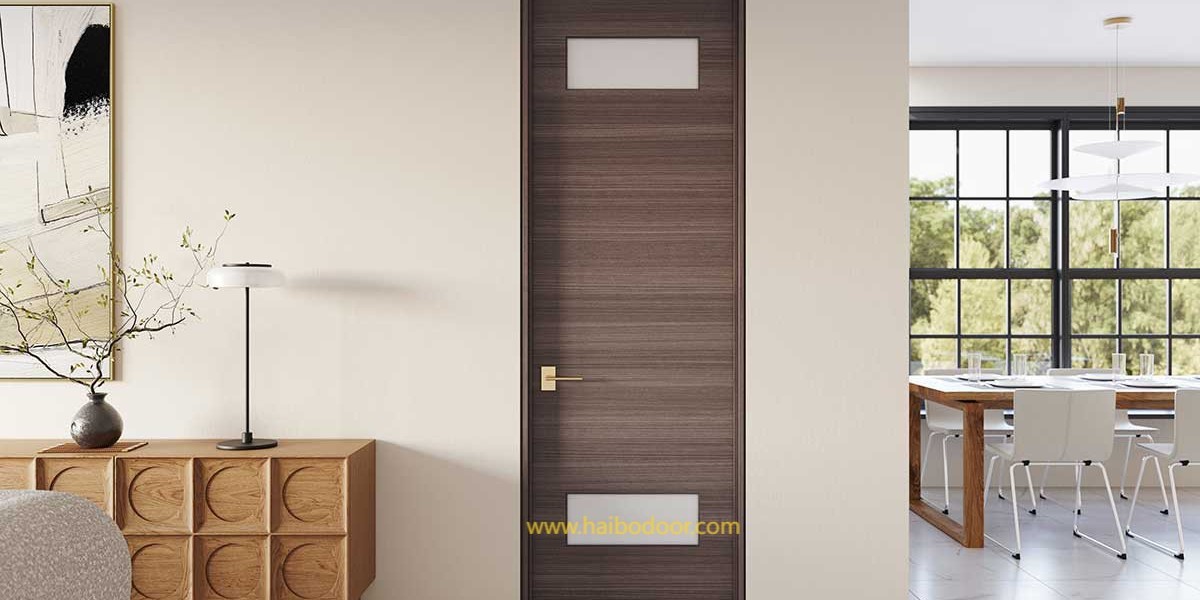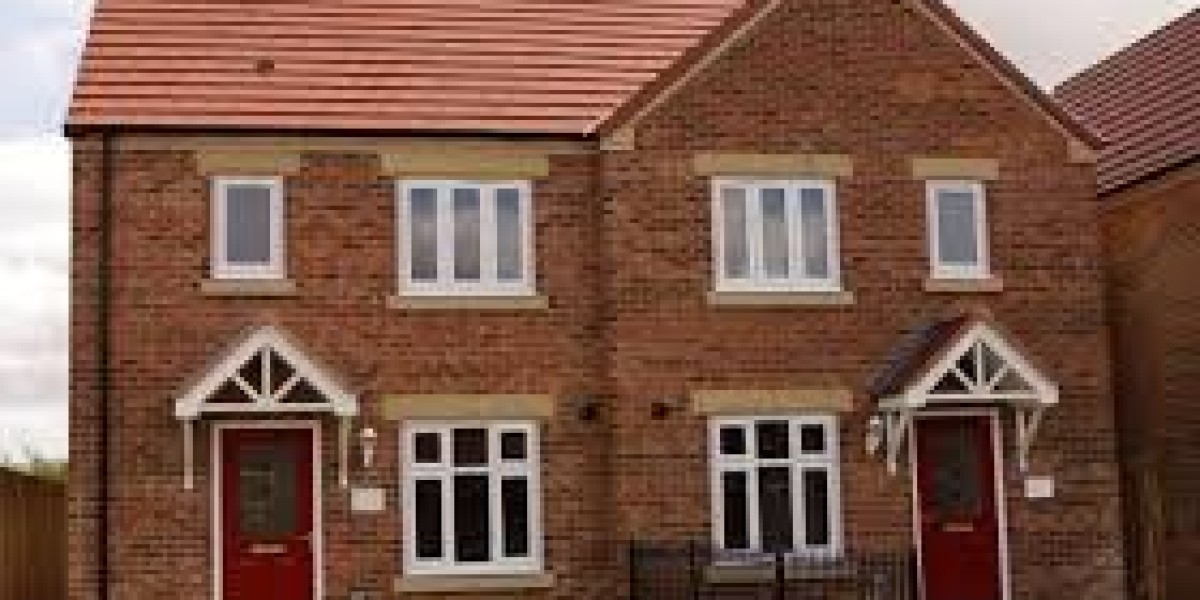When we think about home safety, most people picture sharp corners on furniture or slippery floors. But there’s one essential component that plays a subtle yet critical role in daily comfort: interior doors. At a quality-focused Interior Door Factory , family-centric design starts not with style, but with function—especially for homes with children or elderly residents.
Interior doors are used dozens of times a day. They open and close quietly during naps, act as barriers when privacy is needed, and allow for effortless transitions between rooms. For families, especially multigenerational households, a well-designed door doesn’t just look good—it works in the background to make everyday life easier and safer.
Soft edges reduce the risk of injury
Young children are naturally curious and constantly moving. A door with sharp edges can become a hidden hazard—especially when placed near beds, narrow corridors, or play areas. That’s why many modern interior doors now feature softened edge designs. Rounded corners or molded panels help minimize the risk of bruises or head bumps when little ones are exploring or when older family members need a little more clearance while navigating with walkers or canes.
Easy-open features support independence
One of the most valuable upgrades in family living spaces is the use of lightweight interior doors. Heavy doors can be difficult for small children to manage and may pose challenges for seniors with limited strength or arthritis. Lightweight composite materials, combined with smooth hinges or magnetic closures, allow for one-hand operation without strain. For young kids, this promotes independence—letting them move freely without help. For older adults, it means greater control and fewer moments of frustration.
Quiet living spaces with soft-close mechanisms
Noise matters more than people often realize. A slamming door can wake a sleeping baby, interrupt a work call, or startle someone with sensory sensitivity. That’s why many family-focused interior doors now incorporate soft-close or slow-return hinge systems. These features allow doors to close gently, reducing household noise and eliminating the sharp "bang" that often follows casual use. It’s a small change that greatly improves a home's atmosphere.
Visual cues for safety and clarity
In households with elderly family members, clearly defined transitions between rooms can prevent accidents. Interior doors with visual contrast—either through color, texture, or hardware—help individuals with declining vision better understand room boundaries. For example, using a slightly darker door shade against a pale wall can create helpful separation, especially in dim lighting. Lever handles instead of round knobs are also easier for arthritic hands to grip and turn.
Privacy without isolation
Children need their own quiet corners to study or rest, while older family members may prefer a calm, personal space. Interior doors help provide this balance. Sound-dampening cores, even when used in hollow-style doors, can block light noise and offer a sense of retreat. Importantly, doors with frosted glass inserts or partial visibility panels provide privacy while still allowing caregivers to monitor what’s happening inside, maintaining safety without complete isolation.
Easy cleaning for busy households
Family homes are busy places—and keeping things clean should be easy. Interior doors with smooth laminate or sealed finishes can be wiped down in seconds. Whether it’s fingerprint smudges, food splashes, or crayon marks, you don’t need special products to maintain a fresh, tidy look. For homes with young children or allergy concerns, doors with antibacterial coatings can also provide an extra layer of reassurance.
Long-term adaptability
One often-overlooked advantage of investing in well-made interior doors is their long-term flexibility. As a child grows or an older parent moves in, the needs of each room may shift. A durable, family-friendly door can transition with the household—from nursery to study, from guest room to permanent living space—without the need for replacement. That longevity reflects not just quality, but thoughtful foresight.
Interior doors may not be the first element people notice in a home, but they’re among the most interacted with. From comfort and safety to convenience and peace of mind, their role is foundational—especially in homes where every generation lives under one roof. At https://www.haibodoor.com/ , we design interior doors that support family life, one open and close at a time.








